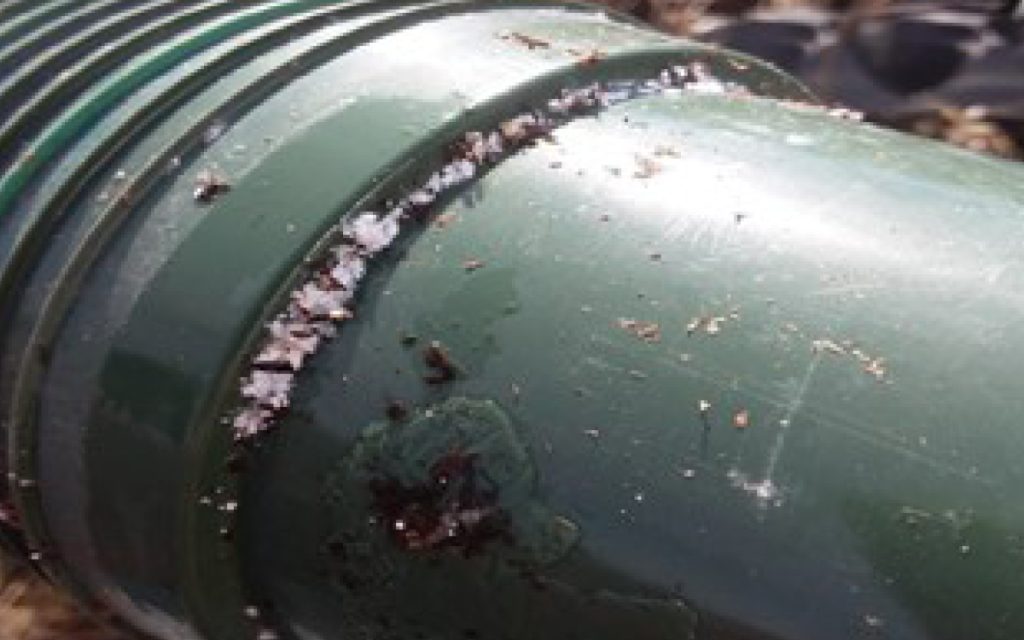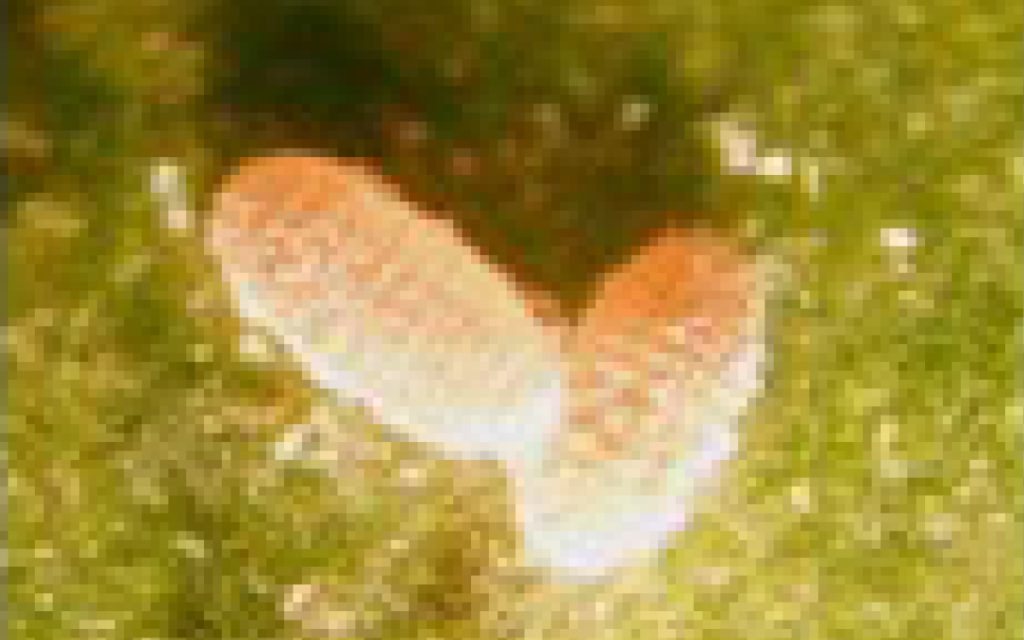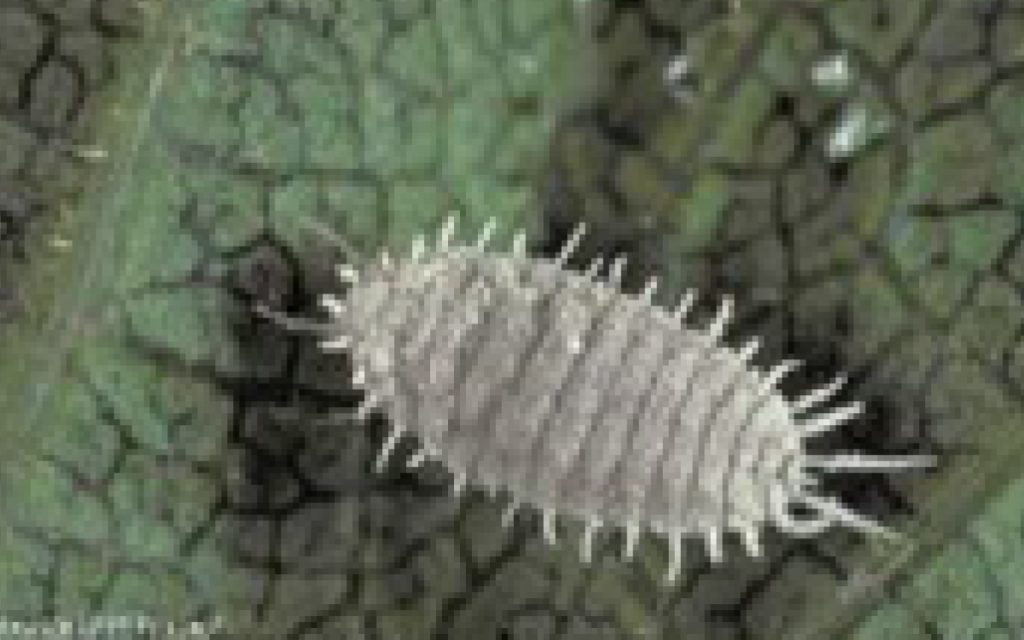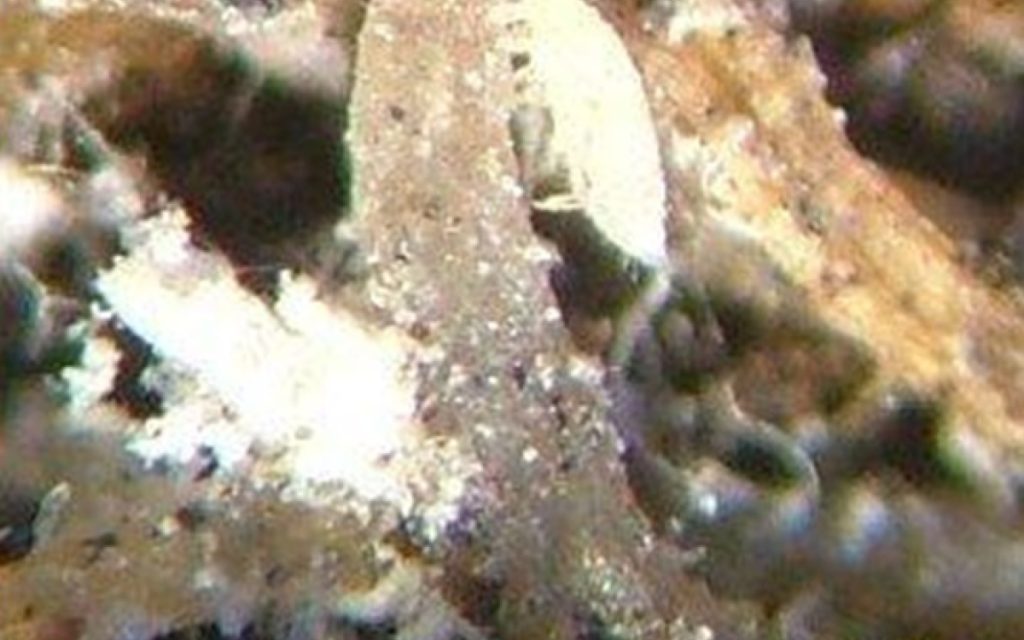Mealybugs are a common pest in greenhouse and nursery production, causing significant damage to many ornamental and edible plants. Once mealybugs are established on crops, they can be very difficult to control; therefore, prevention is vital to avoiding population outbreaks. Understanding their life cycle, reproduction methods, and effective management strategies is crucial for maintaining healthy plants and minimizing losses. In this article, we will delve into the intricacies of the mealybug life cycle and reproduction, as well as explore management techniques to mitigate their impact in plant production environments.
Life Cycle and Reproduction: Mealybugs are soft-bodied insects that feed on nearly all plant parts, producing large amounts of honeydew. Additionally, certain mealybugs inject toxins as they feed, which can distort foliage. Mealybugs prefer sheltered places, often deep in leaf axils, and can also be found on roots. Mealybugs themselves are pink to greyish in color, covered with a whitish wax coating, and up to 0.2” in size. They tend to clump together as sticky white masses in leaf axils. The life cycle of citrus mealybugs begins with the adult female laying eggs in a protective cottony mass called an ovisac. These ovisacs are usually attached to the plant stems, leaves, or other surfaces. After a brief incubation period, the eggs hatch into nymphs, which are mobile and actively seek out suitable feeding sites. Long-tailed mealybugs give birth to live nymphs rather than eggs. Nymphs or crawlers are the most susceptible to treatment because they are more mobile than adults and lack the waxy coating, which complicates control measures. Adult females are less mobile and wingless. These reproductive females utilize their stationary lifestyle to protect their eggs or nymphs and may lay as many as 600 eggs under their bodies during a life cycle of up to 60 days. Adult males are winged and resemble a small fly more than a mealybug. They are short-lived and do not feed on plants. Mealybugs can live for 2-3 weeks without hosts under the lips of pots, under benches and greenhouse structures, etc.

Figure 1: Mealybugs surviving along pot rims
Species Identification: There are four common mealybug species growers face in production:
-
Citrus Mealybugs (Planococcus citri) – females are less than 1/8 inch in size with a light gray stripe on the center line of their back. Their bodies are oval shaped with short waxy filaments around the edge.

Figure 2: Immature crawler stage, citrus mealybugs
-
Long-tailed Mealybugs (Pseudococcus longispinus) – the females have a distinct stripe on their back and characteristic long tails that are 75% or greater of their total body length.

Figure 3: Long-tailed mealybug cluster Photo Credit: J.R. Baker, North Carolina State Univ.
-
Obscure Mealybugs (Pseudococcus viburni) – similar in appearance to the citrus mealybug, differing by a thicker waxy coating on their exoskeleton with longer filaments around their body and two larger tail filaments.

Figure 4: Adult, female obscure mealybug Photo Credit: University of California
-
Root Mealybugs (Rhizoecus spp.) – these mealybugs are not as active as above-ground mealybugs and appear as masses of white powdery wax-like material on the roots of plants. They do not possess the same filaments on the margins of their bodies as the other species.

Figure 5: Adult, root mealybug
Management Strategies: Effective management of mealybugs in greenhouse and nursery production involves a combination of cultural and chemical control methods. Here are some key strategies:
- Cultural Control: Implementing good cultural practices such as proper sanitation, regular monitoring, and inspection of plants can help prevent mealybug infestations. Removing and destroying heavily infested plants and debris can minimize the spread of mealybugs.
-
Chemical Control: In many cases, chemical control may be necessary. Research by Dr. Raymond Cloyd at Kansas State University has shown that drenching pesticides for mealybugs has little efficacy. He found that neonicotinoid drenches of Flagship, Safari, and Marathon (all mode of action/MOA 4A) never controlled more than 50% of the mealybugs in the trials. This was because the mealybugs were not feeding enough to ingest a lethal dose of the active ingredients drenched and taken up by the treated plants.
In other experiments, Dr. Cloyd found that three consecutive foliar applications, one week apart, of the same pesticide was a highly effective strategy for mealybug control. The products shown to be effective are also some of those most commonly used for aphid and whitefly control, which include Altus (MOA 4D), Aria (29), Rycar (9B), and TriStar (4A). Additionally, using the surfactant, CapSil was critical to achieving 100% control. CapSil allows the pesticide to penetrate the insects’ waxy coating and ensures thorough spray coverage. Other chemical options to consider rotating include SuffOil-X (UNE), Ultra-Pure Oil (UNE), Talus (16), Ventigra (9D), Distance (7C), Kontos (23), Pradia (28+29), Velifer (UNF), and XXpire (4C+5).
Note, not all products are registered in all states. Some pesticides are restricted use in some states or regions and not others. It is the responsibility of the applicator to read and follow all label directions, remembering that labels may change. Other products may be safe and effective. Rates, application methods, and edible status are detailed in our GGSPro Insecticide & Fungicide Guides. Griffin also offers the 5th Edition GGSPro Technical Reference Guide in both English and now Spanish versions. This valuable resource outlines a wide range of pest control options and information on pollinator safety, BCA’s, scouting, weed management, plant lighting, nutrition, water quality and more!
| Products | Item # |
|---|---|
| Altus | 70-1161 |
| Aria | 70-3399 |
| Rycar | 70-2900 |
| TriStar 8.5 SL | 70-85221 |
| Pradia | 70-2630 |
| SuffOil-X | 70-4040 |
| Ultra-Pure Oil | 70-21401 |
| Talus | 70-1172 |
| Ventigra | 70-9550 |
| Distance | 70-1465 |
| Kontos | 70-19601 |
| Velifer | 70-9540 |
| XXpire | 70-9700 |
| CapSil | 74-1541 |
